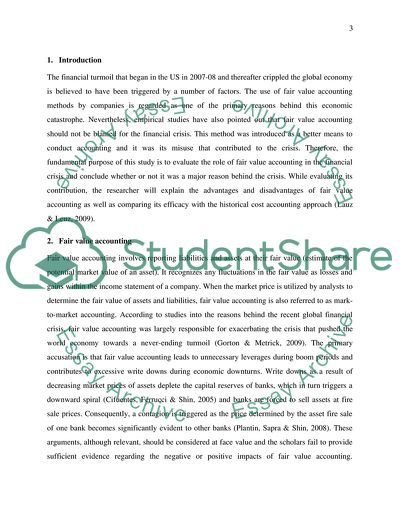Cite this document
(The advantages and disadvantages of fair value accounting Assignment, n.d.)
The advantages and disadvantages of fair value accounting Assignment. https://studentshare.org/finance-accounting/1860145-the-advantages-and-disadvantages-of-fair-value-accounting
The advantages and disadvantages of fair value accounting Assignment. https://studentshare.org/finance-accounting/1860145-the-advantages-and-disadvantages-of-fair-value-accounting
(The Advantages and Disadvantages of Fair Value Accounting Assignment)
The Advantages and Disadvantages of Fair Value Accounting Assignment. https://studentshare.org/finance-accounting/1860145-the-advantages-and-disadvantages-of-fair-value-accounting.
The Advantages and Disadvantages of Fair Value Accounting Assignment. https://studentshare.org/finance-accounting/1860145-the-advantages-and-disadvantages-of-fair-value-accounting.
“The Advantages and Disadvantages of Fair Value Accounting Assignment”. https://studentshare.org/finance-accounting/1860145-the-advantages-and-disadvantages-of-fair-value-accounting.


